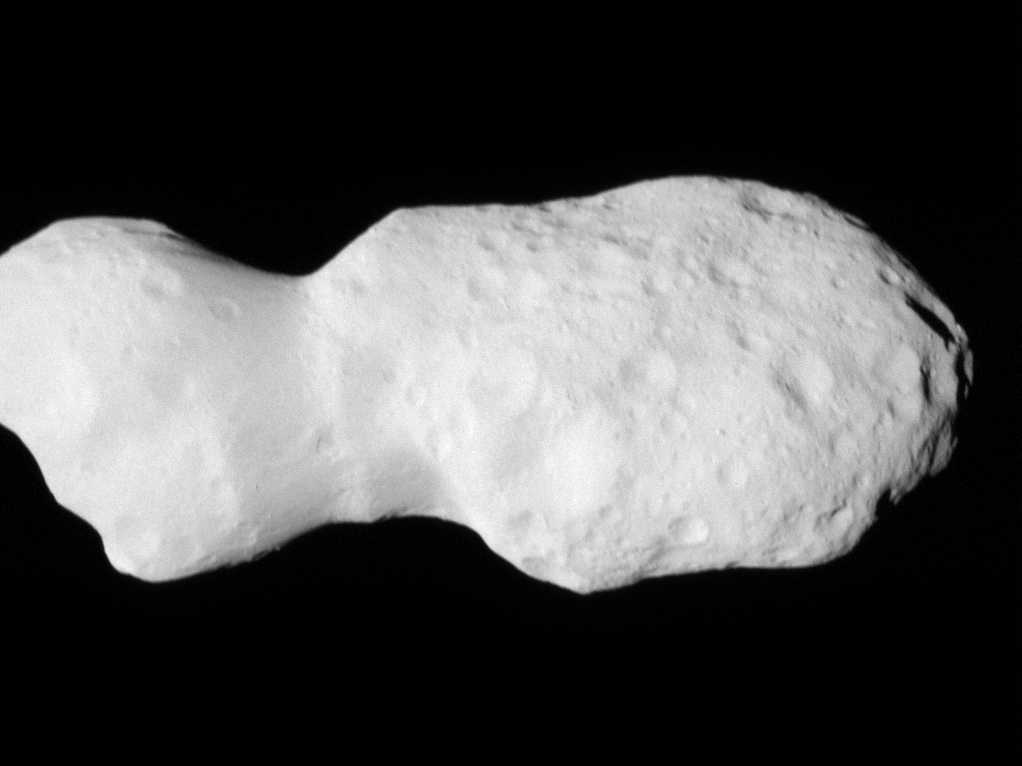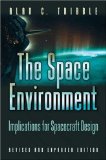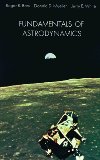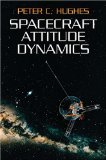Mea AI adiutor dicit:
Early on the morning of September 24, 2025, a SpaceX Falcon 9 rocket thundered off Pad 39A at Kennedy Space Center, carrying into space a powerful trio: NASA’s Interstellar Mapping and Acceleration Probe (IMAP), the Carruthers Geocorona Observatory, and NOAA’s SWFO-L1 (Space Weather Follow On – Lagrange 1). The launch marked a bold new chapter in humanity’s efforts to monitor and understand the Sun’s influence across the solar system. The weather was nearly perfect—a 90 percent favorable forecast—and the three spacecraft were stacked together in a “cosmic carpool” bound for a vantage point some 1.6 million kilometers from Earth, at the L1 Lagrange point between the Sun and Earth.
IMAP is the centerpiece of the mission package. Designed to probe the boundary of the heliosphere—the region where the solar wind collides with the interstellar medium—it will sample energetic particles streaming outward from the Sun and inward from beyond, charting the invisible frontier that shields our solar system from cosmic rays. Its array of ten instruments includes devices to detect solar wind electrons, energetic ions, interstellar dust, and magnetic fields, among others. IMAP will also provide near–real-time data useful for space weather prediction, offering up to thirty minutes of advance warning for harmful solar radiation events.
Accompanying IMAP is the Carruthers Geocorona Observatory, a smaller NASA payload dedicated to observing the Earth’s exosphere—the tenuous outermost layer of our atmosphere. From its L1 vantage point, Carruthers will use ultraviolet imaging to monitor the geocorona’s glow, revealing how it responds to solar storms and seasonal changes. The mission is named in honor of George Carruthers, a pioneering space physicist and ultraviolet astronomer.
Meanwhile, NOAA’s SWFO-L1 is the operational arm of this venture, designed for continuous, real-time space weather monitoring. With instruments including a solar wind plasma sensor, magnetometer, and coronagraph, SWFO-L1 will keep watch on solar emissions and storms that could affect Earth’s satellites, communications networks, power grids, and crewed missions beyond low Earth orbit.
Following liftoff, the mission deployment sequence unfolded about 83 minutes later, with IMAP separating first, followed by Carruthers and SWFO-L1 in carefully timed intervals. Engineers expected to receive IMAP’s first signal roughly ten minutes after deployment, while Carruthers’ communications would follow about half an hour later. All spacecraft are destined for halo orbits around L1, providing unobstructed views of solar activity and the heliosphere’s edge.
This launch is more than a technological feat—it’s a leap toward safeguarding life and infrastructure on Earth, as well as deepening our knowledge of how the Sun, Earth, and the galaxy interact. In the coming months and years, IMAP, Carruthers, and SWFO-L1 will collectively map invisible space weather dynamics, chart the Sun’s magnetic bubble, monitor the Earth’s exosphere, and provide vital data for future human missions venturing beyond our planet.
Video credit: NASA/SpaceX










 Subscribe to blog posts using RSS
Subscribe to blog posts using RSS










